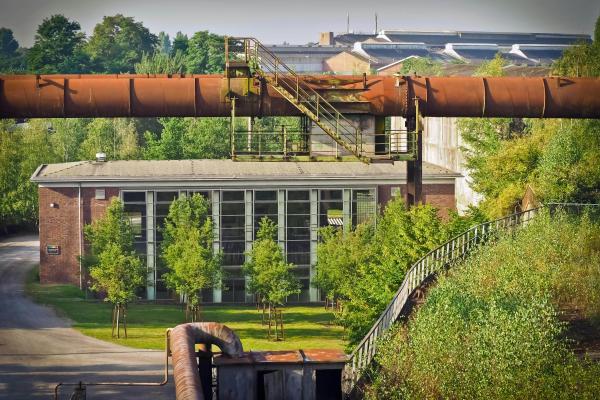Project summary
ISSUE ADDRESSED
The building heating and cooling sector is one of the most important energy consumers in the EU, accounting for around 30% of final energy consumption. Efforts to improve sustainability have not been sufficient. This is shown by the fact that the share of renewable energies (~23%) is significantly lower than in electricity generation (~38%). Targeted policy measures are therefore needed to accelerate the sector's transition to low-carbon operation. To this end, district heating represents an important but underutilised alternative that could cover up to 50% of urban heat demand and offers the potential to improve the overall energy efficiency of the sector and increase the use of renewables and waste heat.
PROJECT AIM
Green4HEAT will support the participating regions’ efforts towards sustainable district heating, by enabling them to improve territorial heat planning, streamline their policies to support the uptake of green technologies (such as heat pumps) and the deployment of state-of-the-art heat networks, and actively involve territorial stakeholders and citizens.
OBJECTIVES
- Accelerate the deployment of low-temperature heat networks in Green4HEAT territories
- Improve territorial heat planning and increase the utilisation of low-grade energy and heat sources (particularly geothermal energy) in heating and cooling
- Accelerate the establishment of thermal energy communities in Green4HEAT territories
- Increase investments in green heating and cooling technologies

Find out the essential about our project!
How to contribute to decarbonization of EU cities by creating modern district heating and cooling systems?
If you are interested how Green4HEAT project will support cities and regions in their efforts to achieve sustainable district heating , watch our newly released video.
What will this project change
Organisations will have a better understanding of sustainable heating and cooling solutions and requirements to influence territorial policy changes. The use of energy efficient, circular, and low carbon solutions will increase, resulting in a lower sectoral carbon footprint. A more targeted support policy and the establishment of information centres for thermal energy communities in Green4HEAT areas would increase the number of citizens' district heating initiatives.
